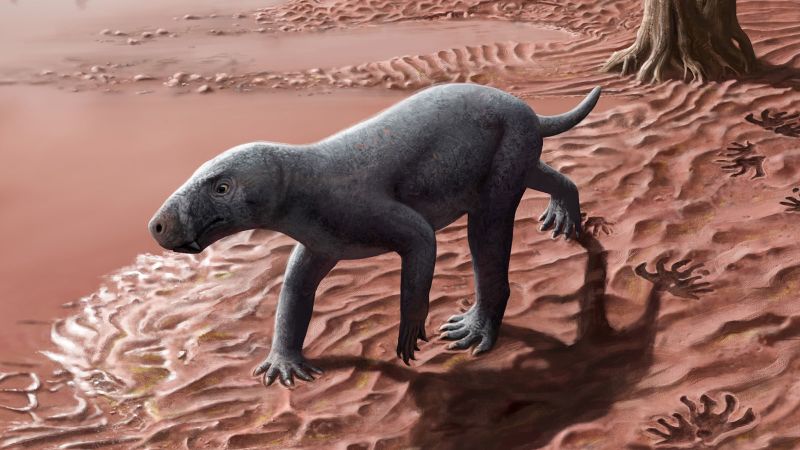The discovery of a new gorgonopsian species, the oldest saber-toothed animal ever unearthed, is a significant advancement in the field of paleontology. Gorgonopsians thrived on Earth long before the reign of dinosaurs and are considered crucial in understanding the evolutionary lineage leading to modern mammals. Before mammals appeared, gorgonopsians were the dominant terrestrial carnivores, characterized by their long, serrated canine teeth, and their fossil presence had been long missing in the record until now.
Fossils of these creatures are largely found to be around 270 million years old; however, this recent discovery pushes the timeline further back, with estimates of the newfound gorgonopsian being between 280 to 270 million years old. This finding adds a much-valued piece to the perpetual puzzle regarding the evolutionary arc of therapsids. The therapsid order not only includes the gorgonopsians but also encompasses the ancestors of the mammals we know today and other non-mammalian groups that have since gone extinct.
Experts regard this discovery as an enlightening puzzle component that could provide insights into the earliest ancestors of mammals. Historically, gorgonopsians disappeared at the end of the Permian period, approximately 252 million years ago, which also heralded the extinction of their lineage. Fossills indicate the variable sizes of these predators, ranging from those the size of domestic cats to others comparable to polar bears.
The particular specimen recently unearthed includes an array of fossilized parts such as its distinctive knifelike canines, various jaw components, vertebrae, and toe bones. According to studies reported in the journal Nature Communications, the specimen’s skull was somewhat incomplete but is estimated to have a length of about 7 inches (18 centimeters). Reconstructed estimates suggest this ancient predator would have stood about as tall as a medium-sized dog and weighed between 66 to 88 pounds (30 to 40 kilograms). Ken Angielczyk, a MacArthur Curator of Paleomammalogy at the Field Museum of Natural History in Chicago, elaborates that despite its quadruped shape, the gorgonopsian bore little resemblance to modern dogs.
Distinguishing the gorgonopsian from lizards, Angielczyk highlights anatomical differences; while lizards belong to the reptilian classification, nonmammalian therapsids such as gorgonopsians occupy an entirely separate evolutionary pathway that neatly leads to mammals. While mammals and reptiles share a common ancestor believed to have lived around 320 million years ago, they have diverged significantly over time yet still share certain dental characteristics.
Like mammals, gorgonopsians exhibited a variety of tooth types, suggesting they played distinct roles in their feeding habits. However, unlike their mammalian counterparts, these ancient predators would replace their teeth – including their long canines – repeatedly throughout their lives; a behavior akin to modern crocodiles.
The bones of this new gorgonopsian species were uncovered in Mallorca, Spain, during paleontological expeditions conducted between 2019 and 2021. Josep Fortuny, from the Miquel Crusafont Catalan Institute of Paleontology, who led the study, emphasized the significance of the age of the specimen, which marks it as the oldest known gorgonopsian and therapsid to date.
A long-standing mystery surrounding the evolution of therapsids lies in the fossil record gap. Previous calculations suggested therapsids should emerge in rocks roughly 300 million years old, but none were visible until their appearance approximately 270 million years ago. The oddity of the gorgonopsians’ ancient origins in geological terms adds a fascinating layer to our understanding of mammalian ancestry.
It’s particularly intriguing to note the fossil’s geographic origin in Mallorca. Historically, gorgonopsid fossils have only been located in dry, high-latitude sites in South Africa and Russia. However, in the Permian period, Mallorca occupied a unique equatorial position on the supercontinent Pangea, experiencing a variety of seasonal climates. This could suggest that pivotal events in mammalian evolution transpired in tropical regions, a premise sorely lacking in the fossil record.
Overall, the discovery of these fossils paves the way for future explorations into the realms of paleontology, emphasizing the possibility that earlier therapsid fossils are located in regions previously overlooked by paleontologists.



